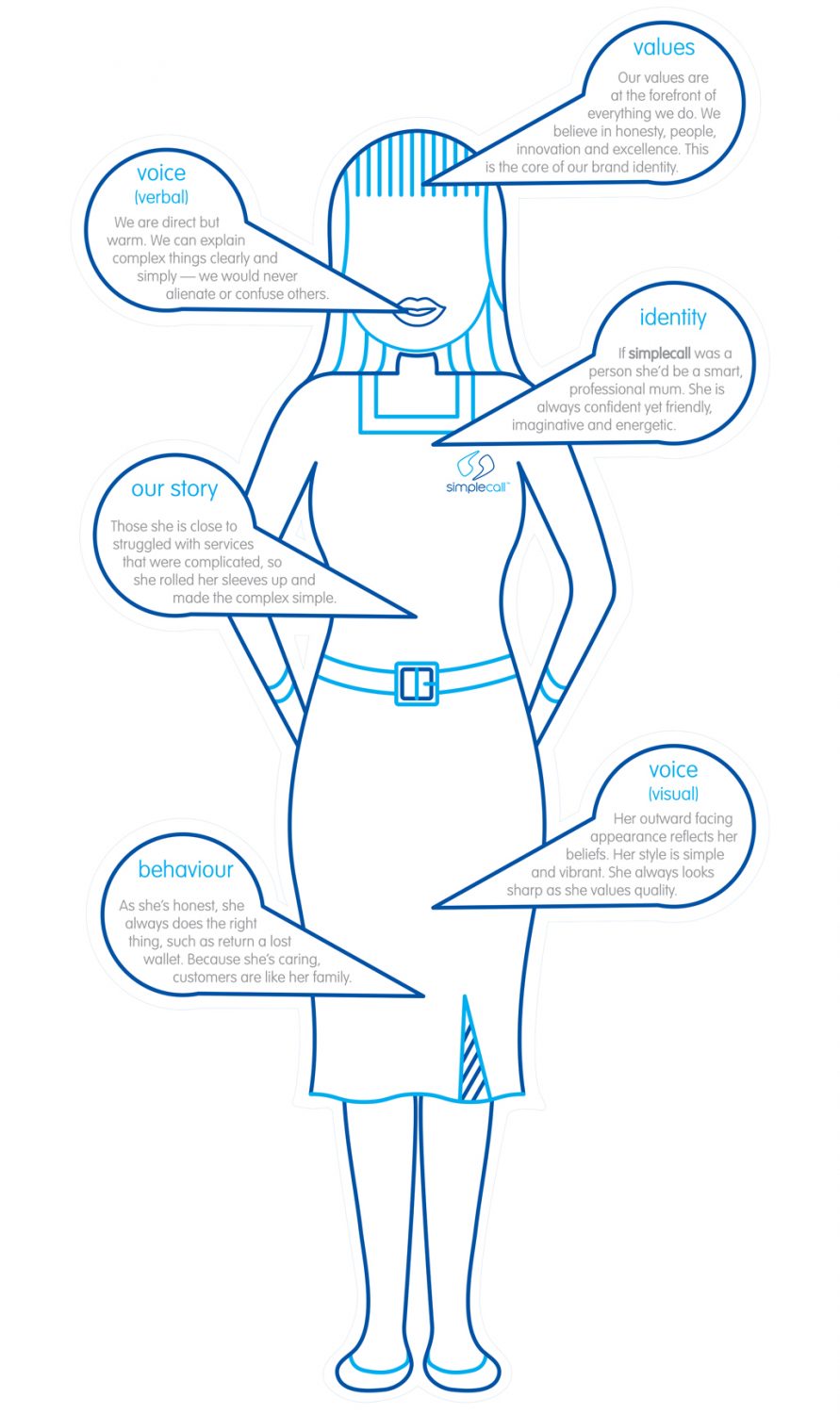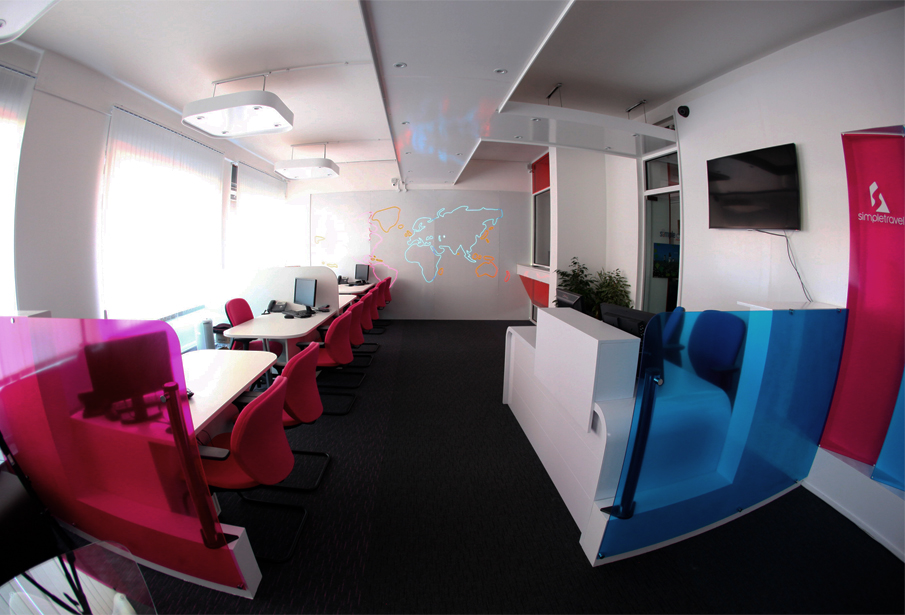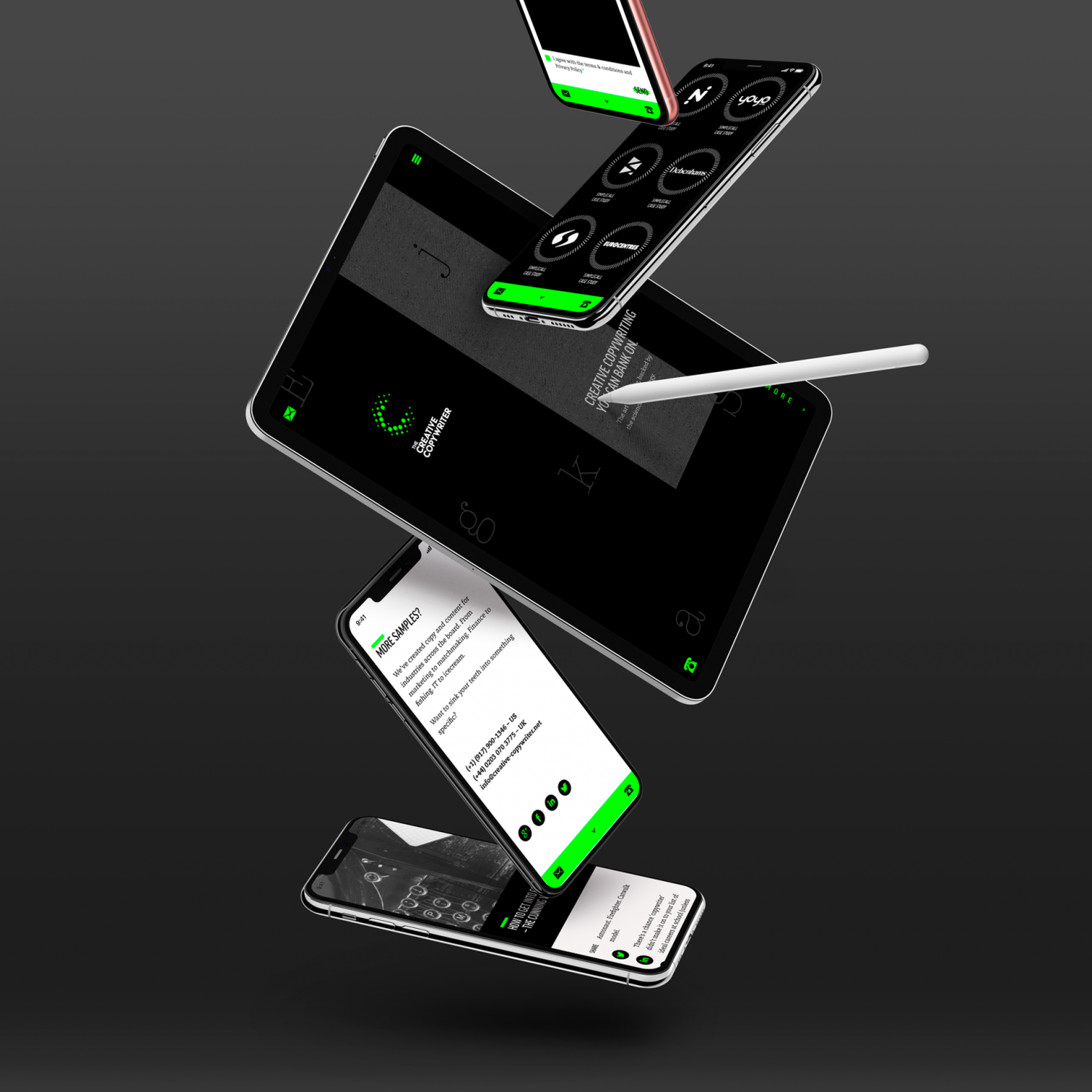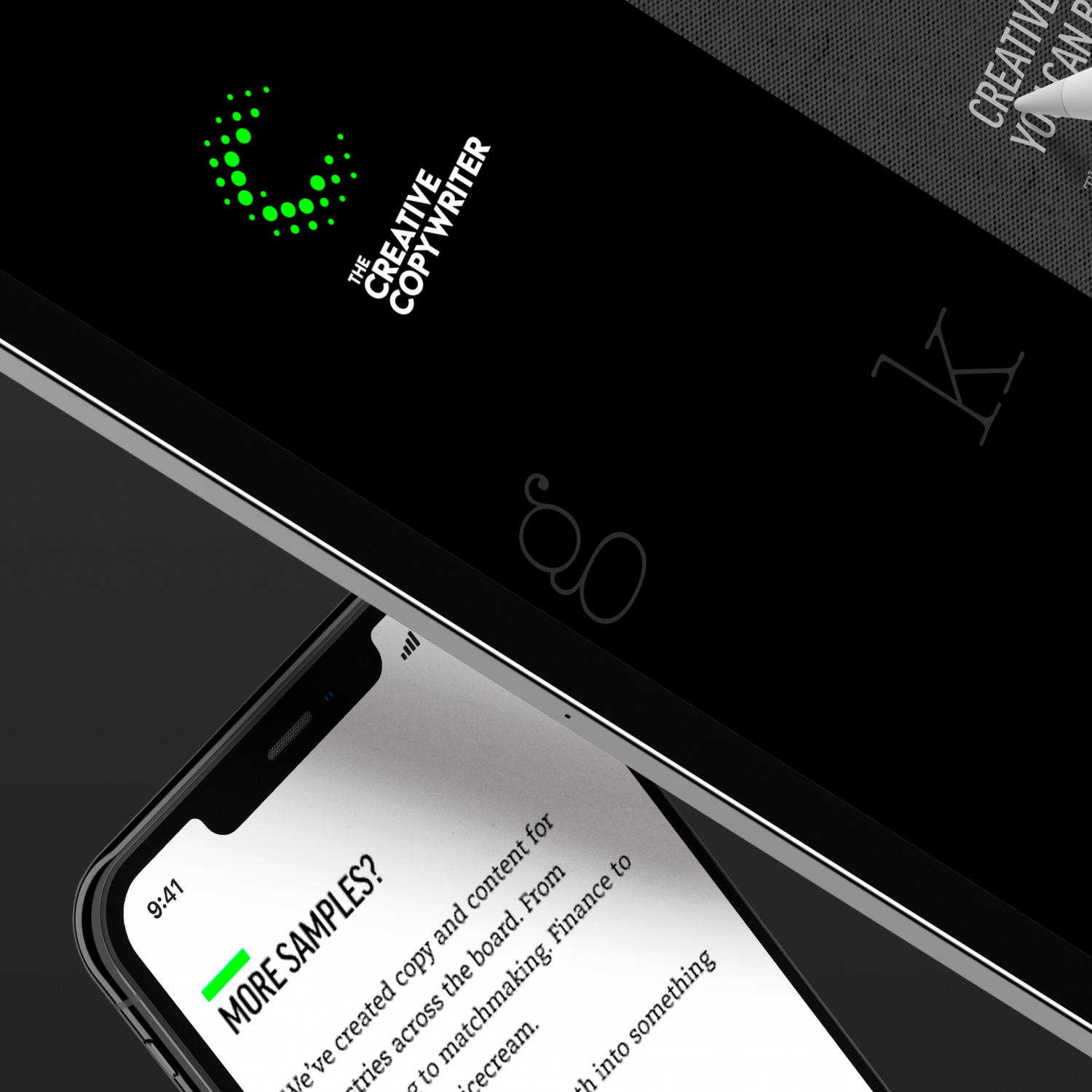Branding is a big topic. But if you want to get your head around exactly what branding is and how it relates to your business, we can help with that.
This week, we’ve been speaking to Muneebah Waheed, Founder and Creative Director of Muneebah Creative, a boutique branding studio focusing on fashion, food/hospitality, travel/tourism and luxury sectors.
Muneebah Creative has worked with big brands like Net-a-Porter, right through to SMEs who are just starting out. So she really gets the whole branding spectrum in detail.
Let’s pick her brain…
What is branding?
Branding is a disciplined process of affecting and influencing customers’ emotions and opinions about your company, to build awareness and extend customer loyalty. This is done by seizing every opportunity to express why people should choose your brand over another.
In short, branding is their gut feeling, which is influenced by the way the brand presents itself, communicates and ultimately, what it stands for. This influencing is conducted through a broad range of factors across both design and language.
Branding is experienced through a wide spectrum, including but not limited to colours, typefaces, logos, website design, brochures and language.
And past that, there are other touch points such as the product materials, interiors of retail spaces and even the music played in these retail spaces. Every tiny detail plays a part in the branding machine.
What makes a brand powerful?
Just as they say ‘even bad publicity is still publicity’, branding is much the same. You create a perception in the minds of your consumer, be it a good one or a bad one.
This is why some say, whether you like it or not, you have a brand. Therefore, it is better to have an intentional well-crafted brand than an unintentional one.
Branding helps companies survive and prosper, as it makes it easier for the customer to buy, for you to sell, and helps build brand equity.
Strong competition opens up a world of choices for customers. That’s why companies are looking for ways to emotionally connect and nurture loyalty and lifelong relationships with customers. People want to trust brands and believe in their suggested qualities. A powerful brand is one that can be seen in a crowded market and earning the trust of consumers, regardless of if they’re a start-up, a non-profit or a product.
Why is branding so important for startups and why should they invest?
Once you have funding, clarify your business and focus your efforts. I know a lot of startups can feel like there is a huge amount to be done and their head is in a swirl of ideas. Clarity and focus can certainly be found to accelerate you to the next stage of the business.
Here are just some of the many benefits of branding for startups:
- Branding helps present a united front through consistency of visuals and messaging, helping to focus your marketing efforts
- Branding makes you look established, builds credibility, makes you memorable, builds trust and improves recognition.
- Solid branding will help you to attract and invite investors to take you seriously.
- You’ll also influence the recruiting process, motivate employees, generate revenue and attract new customers.
All in all, branding should be viewed as an investment and not a cost to your business. After all you are creating an asset that can be continuously built on, the most attractive part!
How does the importance of branding differ for SMEs?
Branding is critical for SMEs. If they don’t invest in solid branding, they risk looking amateur and people won’t take them seriously.
Because they create larger revenue, the impact, risks and rewards are also higher. They have a lot riding on reputation. If their brand takes a hit, so do their sales. If they win over their audience loyalty, they do so in larger numbers. And so the payoffs will be rewarding and long-lasting.
What are the initial steps in the branding process?
First, you need to figure out what the root cause problems are that need solving. This is why I start with a strategic session to create clarity before we get to the crafting stage.
We start with a brand audit to assess what you already have, what’s working and what can be improved, whilst measuring this against your business goals.
This leads to a strategic series of workshops to refine and clarify the brain of the brand. Lastly, we move onto the execution of this strategy, in its visual and verbal form – the heart of the brand – what the audience connects with.
How important is a customer profile?
In the past, companies would use an ‘inside out’ approach to branding, decide what they believe and how they want to be presented, and promote themselves in that way.
Today, the design-thinking approach is popular, which uses the ‘outside-in’ approach – where the brand is designed around the customers’ wants and needs.
At Muneebah Creative, we believe branding is a two-way process. It’s a dialogue. Brands not only present themselves in the way they intend through beliefs, purpose, promise, values and voice, but also tailor their brand to the customers’ needs and expectations. This creates a comprehensive two-way approach to branding.
The user profile is imperative in this process, as this is a potential customer we are targeting. If we don’t know who they are in-depth, we can’t create a brand to entice them.
This user profile is looked at and analysed closely in the strategic phase. We look at everything from demographics (quantitative data) to psychographics (qualitative data). The latter informs us of their beliefs, values, priorities, etc.
It builds a complete picture of the person, until you end up with a user persona – which is almost like a character in a movie or book. Then you can imagine, “If we marketed XYZ campaign to them would they be interested? Or would it be out of their ‘character’ to be interested”
The best and strongest brands really know their customers. They connect in ways the customer hadn’t thought of, it surprises them and they, in turn, become loyal brand fans.
How does a brand strategy translate into a visual identity?
Primarily, we hone in on keywords and phrases that keep appearing in the strategy sessions.
One example is when I did the branding for Simplecall, I worked closely with the directors and key stakeholders of the company. We worked our way through a series of strategy workshops to refine our thinking and ensure the company image would be crafted to be in line with the business goals.
The identity was born directly out of this. When asked, “Who would Simplecall be if it was a person?”, one key phrase that came out of the strategy session was,“Simplecall was almost like a caring mother, as it’s services were built for consumer convenience”, which was a caring trait of the company.
This directly influenced the visual identity; a feminine, curved, rounded-edged aesthetic was born. It was then balanced with blue to stay within the tech industry. Both of these choices were made because of the brand strategy or thinking behind the brand.
How should business goals connect to customer goals?
Besides making a profit, the ultimate goal is to make the customer’s life better in some way.
This overlaps the business goals and the customer goals. For example, a boutique hotel will want to create an elevated experience for their customers and equally, the customer will return again and again if this expectation was exceeded.
When and why should a company rebrand? What are the key signs that it’s time to do so?
A brand new company or new product usually want and need a brand so that they can stand out amongst the competition through recognition, add credibility and build trust.
In a growing company, branding is usually done when the company has outgrown their current identity. It may be in a new phase and the existing branding no longer reflects their current state.
Another reason may be when companies merge or have a name change – we had Orange and T-mobile become EE. A new brand was needed to join the values and beliefs of the newly formed company.
Branding is also done to consolidate and unify the presentation of a company through creating an integrated system. It is when your logo, product, digital presence, service and communication, all pump out a consistent message both visually and verbally.
Results vs Personal Taste: How do you manage the client’s vision vs what actually works?
At Muneebah Creative, I tend to create a clear set of metrics about what we are measuring against. It is usually the objectives of the brand set out in the brand strategy sessions.
For example, neon green was chosen for The Creative Copywriter as it directly connects with the objective of presenting a brand that is brazen and daring. It was tastefully used as an accent colour, so as not to overwhelm the audience but still introduce a contemporary aesthetic to the brand. So naturally milder colour tones were rejected when measuring up to the ‘brazen/daring’ attribute, regardless of the personal taste of the person with influence.
This process keeps out personal tastes of all those working on the brand. If this is not managed, it can become quite tricky, especially when there is more than one decision maker.
If everyone’s taste is democratically catered for, you end up with a monstrosity.
This phenomena in the design community is known as designing by committee. It’s impossible to cater to everyone’s tastes, as they can be in direct conflict, and the best way to manage this is through clear and defined parameters.
How do you manage expectations?
Branding is not the magic bullet or secret sauce. Companies need to make an effort on all fronts of their business, be it sales, marketing, quality of product, R&D etc.
It’s one part of the business jigsaw puzzle. If you hang all your hopes on ‘branding will save the day’ and let other aspects of the business slide, it will inevitably hurt your business, not to mention disappoint you in the branding process itself.
The best branding I have done is for companies who are trailblazers and are moving forward regardless of branding. They go through the branding process and it catapults them to the next stage of their business. It’s like being turbo-charged to success.
Equally, I’ve had clients relying on branding to do all the hard work, but without strong business, marketing and sales plans, the company inevitably collapsed. And this happened despite the branding and identity design being recognised for awards in the branding and design industry. It’s a perfect example that running a successful business is beyond, but also including branding.
Branding vs re-branding: How does the process differ?
If you have nothing except a business plan, there’s no baggage, no name, no reputation, no staff, no prejudices for or against any aspects. But of course there are no customers, market share or sales either.
Starting from scratch is a huge opportunity, but it’s also a complex and challenging process. If you get it wrong, you could lose all your money and crash. If you get it right, you could propel a company into big success.
The key difference is the customer base – one has customers and the other doesn’t. Branding from scratch will need course correction in 6 months after it’s been in the wild and has had reactions from customers.
Existing brands already have an established customer base. When rebranding, sometimes they want to attract a new type of customer, besides the brand following they already have. This is a careful balancing act of enticing new customers, whilst not putting off existing loyal fans.
The other difference is that when rebranding, established companies have existing assets from their legacy that often need to be transferred to the new brand, like updating a logo, or a colour scheme, or humour in their tone of voice, to mention a few.
What are some good online and offline resources that companies can use to help the branding process?
Reading around what branding is, ‘The Brand Gap’ and ‘Zag’, both by Marty Neumeier, ‘The Brand Handbook’ by Wally Olins, and of course my own blog and e-course for companies new to branding. Outside of branding, ‘This is Marketing’ by Seth Goden is really good read on how to put your branding into action.




